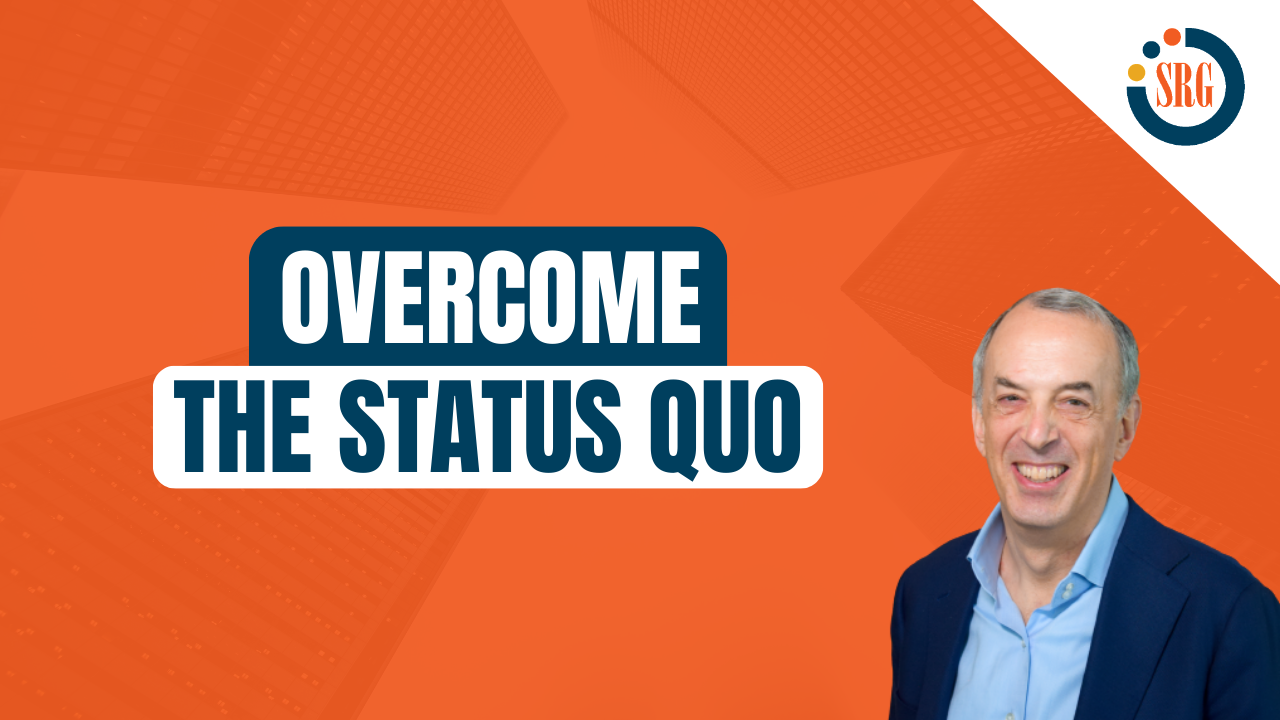How To Create Urgency in B2B Sales To Overcome The Status Quo


Asking great sales questions is an essential selling skill that all sales professionals must master to accomplish an efficient sales strategy. No surprise here since questions help us identify customer needs. Discussing customer needs and how our solutions addresses those needs is the foundation of a successful sales conversation. But what happens if a customer decides to live with their current situation?
Unfortunately, this is a common occurrence. Sometimes customers have needs but don’t consider those needs important enough to justify taking action. We all do this. For example, while a new car likely offers better mileage, reliability, and performance, your current car may be good enough. Ultimately, some problems, while real, are simply not that urgent or important to compel us to take action now.
Here are some common reasons why B-2-B customers choose to maintain the status quo:
- Not significant – it may be that the need simply isn’t important enough to take action.
- Too busy – executives often feel they are too busy to solve every problem.
- Other priorities are more urgent – even if the problem is significant, there may be others that are even more urgent.
- No personal motivation – sometimes people in organizations don’t take action because there is no personal benefit in doing so.
Ultimately, each of these reasons for lack of urgency is rooted in the lack of a “compelling need.”
Compelling Needs
So how do we know if a need is compelling? First, the customer will tell you. While this seems intuitive, many sales professionals sometimes substitute their own desire to close the deal for what the customer is trying to communicate to them. But a need isn’t a real need unless the customer says it is. So as a threshold matter, the customer must clearly articulate their need since this is foundational to a productive sales conversation.
Next, you must be able to clearly define for the customer the economic consequences of taking action or not taking action. The idea behind defining economic consequences is to build an economic justification for the customer why it is important to take action. An effective way doing this is by asking customer implication questions, such as these:
“How does that impact you?”
“What will happen if that continues?”
“What are the consequences of…?”
“What would it be like if…?”
Implication questions help the customer consider and verbalize the effects, or consequences of their needs. These questions also help you understand the customer’s perceptions regarding the urgency of satisfying the need. This information is crucial in helping you define economic consequences for the customer which you can then use when you present your solution.
Economic Consequences
Economic consequences are best defined as bottom line dollars and common ways of measuring them include:
- Payback period – how long it takes for the investment to pay for itself.
- Return on investment – the incremental savings or profit your solution produces relative to its cost.
- Total cost of ownership – this concept means the presumably lower all inclusive cost of your solution relative to the completion or not taking action.
- Cost of doing nothing – this includes lost profits or ongoing expenses.
By focusing on the economic consequences you can make a compelling case for your solution and advance the sale.
